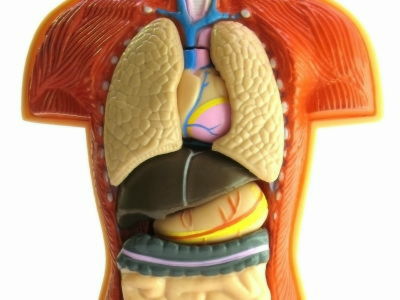A 3-minute movie explains how the human body is full of surprises

Regardless of our will, the heart continues to move, the lung sucks 9000 liters of air a day, and in the spleen as many as 2 million blood cells die, and at the same time 2 million blood cells are born from bone marrow. The femur is sturdier than steel, and when the bone as large as 1 cent coin disappears, people can not balance it, and the amazing mechanism of the human body is gathered up on YouTube movies.
Your Body Is Amazing Pt. 2 - YouTube
When connecting all the bronchi in the lung, its length reaches 2400 km.

this is,Great WallOne quarter of the length.

Thanks to the very small three bones in the ear that people can hear sounds and voices. All of these bones are about the same as a 1 cent coin, but the smallest in the human bodyAbdominal boneWithout the three bones including, the person not only can not hear the sound but also can not balance it.
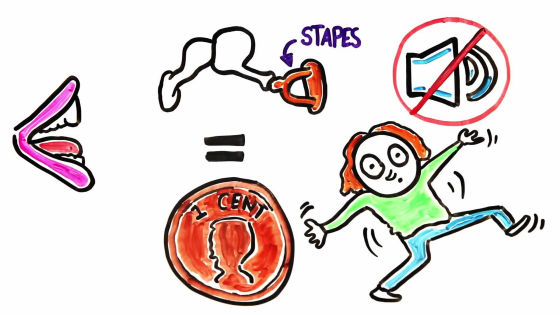
The longest and strongest bones and femurs in the human body are more robust than steel and seem to have four times the strength of concrete.

As far as bones are concerned, the newly born baby has 300 bones, but the total number of bones decreases to 206 when you become an adult. This is because the bone that was divided as a baby, such as skull and pelvis, sticks with growth.
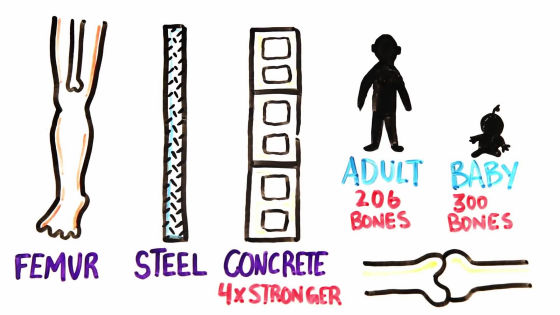
The lungs can suck 13 liters of air per minute. If it is per day, the inhalation volume rises to 8000 to 9000 liters.
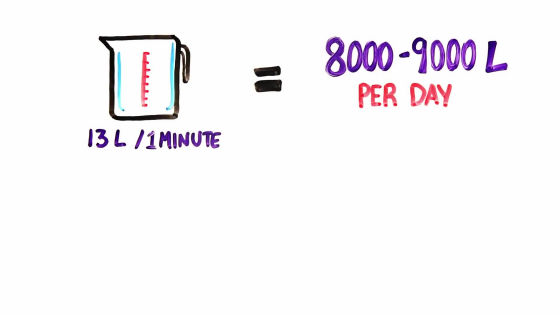
Also, no matter how much you breathe out, there is always 1 liter of air left in the lungs. Likewise, even if there is nothing in the stomach, 1/5 cup of hydrochloric acid is left.
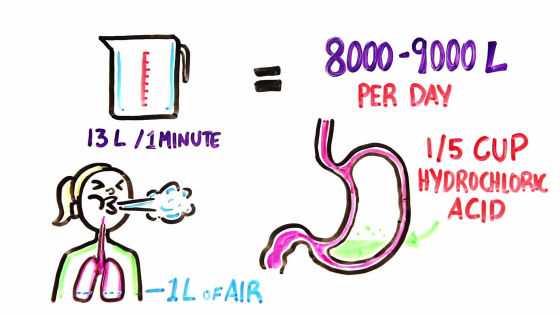
The esophagus controls so that things in the stomach will not flow backward even if a person stands upstairs. This is because the musclePeristaltic exerciseBecause we are doing the move, and we have a single flow of incoming things.
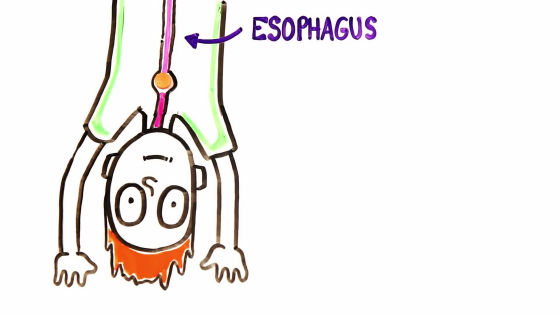
However, it sometimes flows backwards and may vomit.
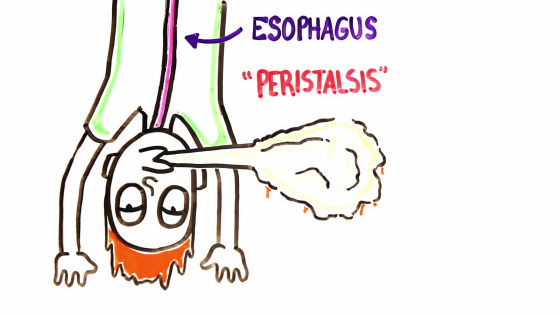
Of the brain,HypothalamusIn other words, we are adjusting the sweating and blood flow so that the body will have an appropriate temperature around 37 degrees.

When the outside air temperature rises, the blood vessel expands to increase the body temperature and adjust to sweat. It is controlled so that body temperature will be lowered by evaporating body sweat.
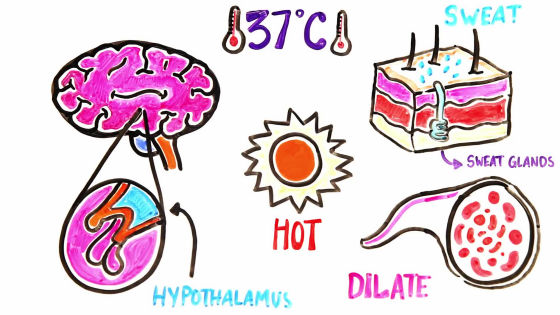
Conversely, when the outside air temperature decreases, the blood vessel contracts and is adjusted so that blood flows preferentially to important organs in the body.
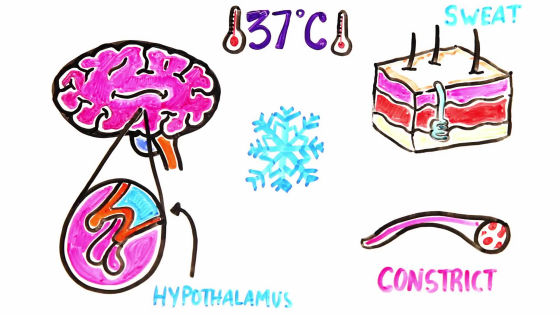
In the organ, the liver is the best worker, and carries over 300 functions every day. Therefore, the size is also the largest in organs.
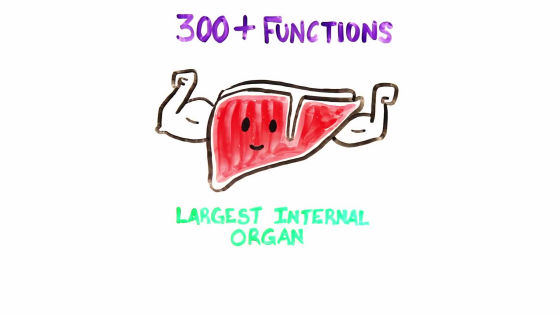
The liver filters everything we eat or drink. Glucose is stored as glycogen to produce bile that helps digestion, ironFerritinIt is an example of the liver's role to store it in the form of a protein called protein.
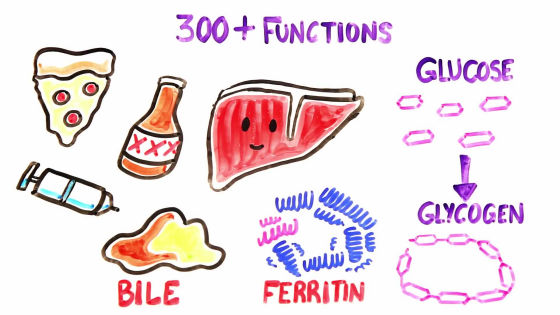
BloodpHThe lungs and kidneys work together to maintain regular regulation. The optimum pH of the blood is 7.4, and if the pH is higher than 7.8 or lower than 6.8, people will die.
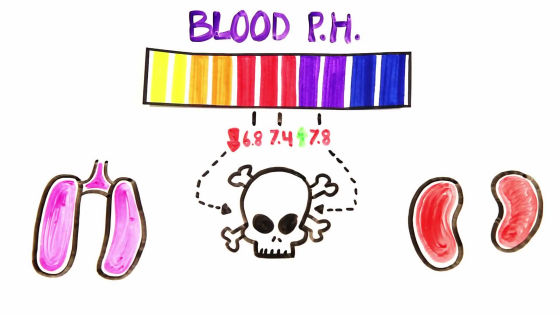
When the pH becomes too high, the body tends to be alkaline, so the kidneys bend bicarbonate ions outside the body trying to tilt the body to acidity, and the lung takes in carbon dioxide.
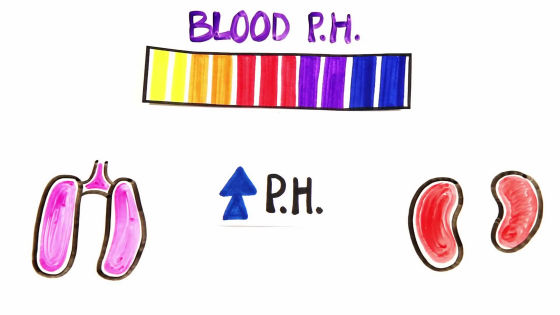
Conversely, when the pH goes down, the body tends to be acidic, so the kidneys emit hydrogen ions, and the lungs tilt the body to alkalinity by putting out carbon dioxide outside the body.

The two kidneys in the body are less than the size of a computer mouse or less. Even if one of the two does not function, human beings can live, but their function falls to 75%. There are 1 million to 2 million in the kidneysnephronThere is a kidney unit called and filters 110 to 140 liters of blood per hour. In other words, human blood is filtered 400 times a day through a small kidney.

Blood vessels have a network of 100,000 km, of which 25 trillion blood cells flow.

As many as 2 million blood cells per second die by filtering by the spleen.
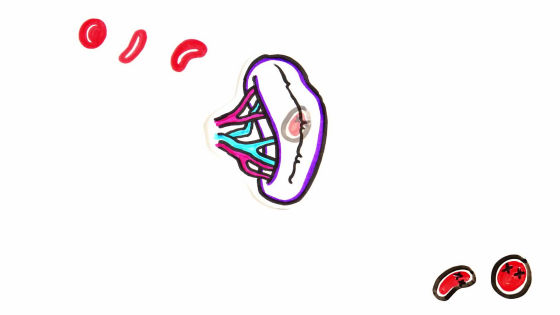
However, bone marrow produces as many as 2 million blood cells per second.

Hair is the second fastest growing part of the human body, growing about 6 inches per year (about 15 centimeters) per year. However, the speed varies depending on the person, and from the past survey it is known that men tend to have a faster growth rate than females.

Neonatal lungs are filled with liquid, but ...
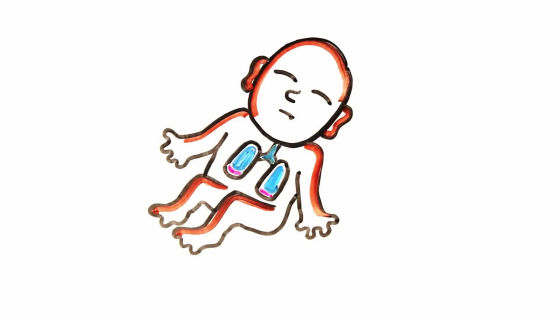
After 10 seconds of birth, respond to the new environment and breathe in and breathe out and let out the liquid. And it is strange that we will continue breathing to fill the lungs with air until afterwards.
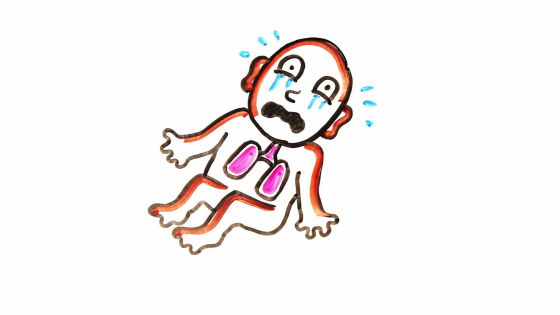
Related Posts:
